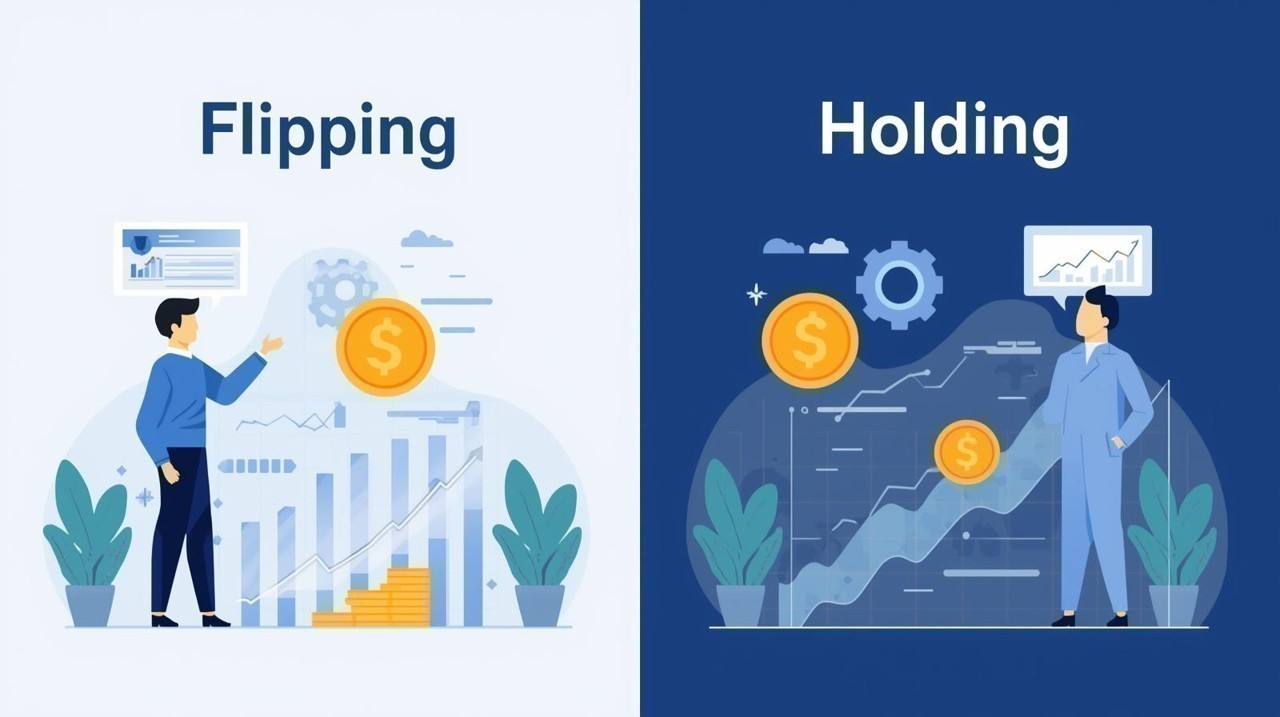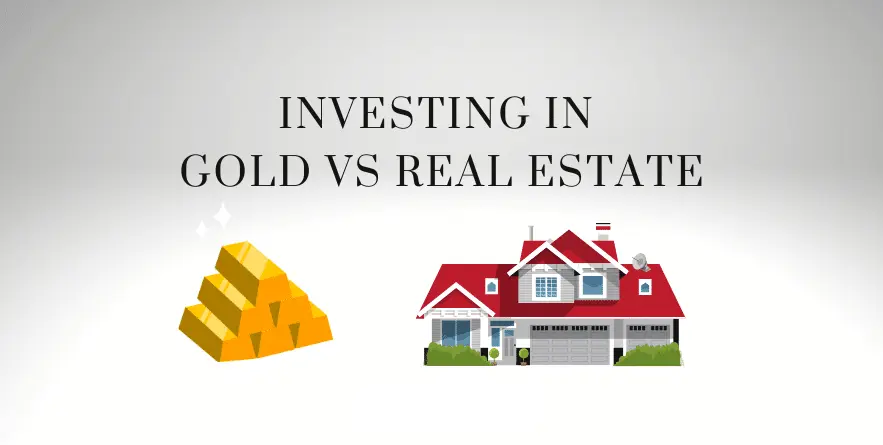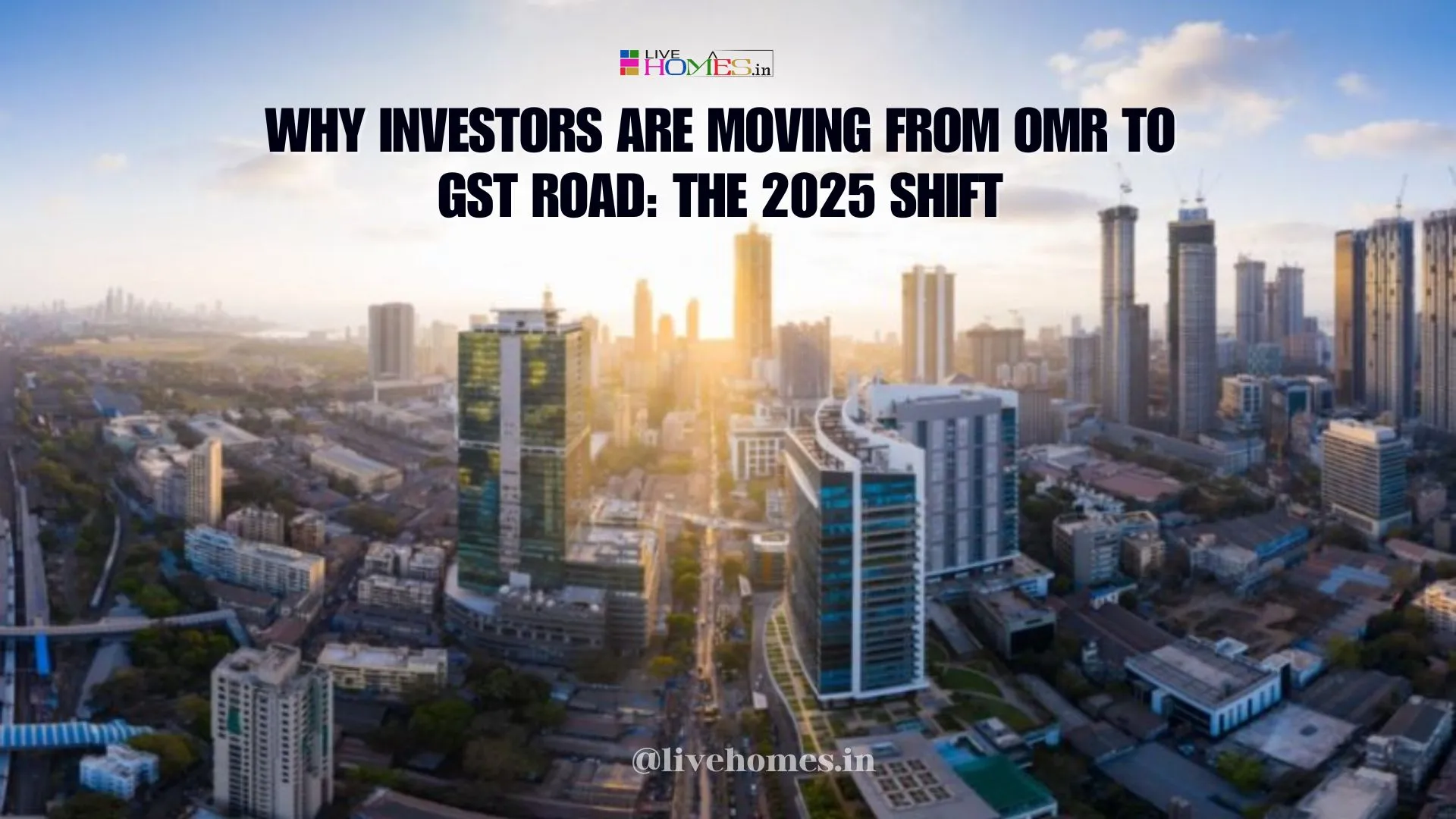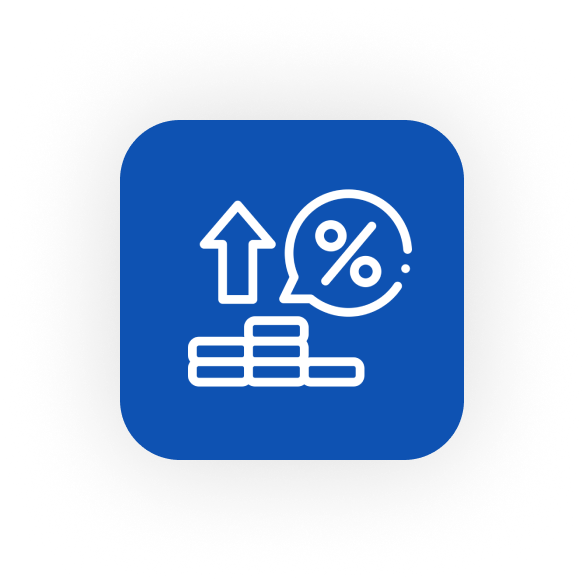Real estate has long been considered one of the safest and most profitable investment avenues. However, every investor faces a critical decision when entering the market — should they flip properties for short-term profits or hold onto them for long-term wealth creation? Both strategies have their unique advantages and drawbacks. The choice often depends on your financial goals, experience level, available capital, and the current market conditions. In 2025, with shifting interest rates, evolving buyer demands, and a fluctuating economy, understanding these two approaches in depth is more crucial than ever.
What Is Property Flipping?
Flipping means purchasing a property—usually below market value—making improvements or renovations, and reselling it quickly for a profit.
The entire process typically spans from a few months to a year.
Key Advantages of Flipping
- Quick Returns:
Unlike long-term investments, flipping allows investors to realize profits within a short time frame. If done right, it can generate substantial returns in just a few months.
- Active Income:
For those who enjoy hands-on work—renovations, project management, and design—flipping can be an engaging and rewarding venture.
- Market Agility:
Investors aren’t tied to long-term market fluctuations. They can quickly move their money to new opportunities or more profitable areas.
- Capital Growth Opportunity:
With the right upgrades—modern kitchens, energy-efficient systems, or aesthetic improvements—flippers can significantly increase a property’s value.
Challenges of Flipping
- High Initial Capital Requirement:
You need enough money not just to purchase the property but also to cover renovation, permit, and maintenance costs.
- Risk of Market Volatility:
If property prices drop or interest rates rise before you sell, your profits could shrink or disappear.
- Renovation Uncertainty:
Unexpected issues like foundation repairs, plumbing problems, or material delays can increase costs dramatically.
- Tax Implications:
Profits from flipping are often taxed as ordinary income, which can be higher than long-term capital gains taxes.
- Time Pressure:
Holding a flipped property for too long means paying more in taxes, mortgage interest, and utilities, reducing your overall profit.
What Is a Buy-and-Hold Strategy?
Buy-and-hold investing involves purchasing a property and keeping it over an extended period—typically five years or more—to earn rental income and appreciation in property value.
This strategy focuses on long-term financial growth rather than immediate returns.
Key Advantages of Holding
- Steady Passive Income:
Rental properties generate consistent monthly income, providing financial security and stability.
- Long-Term Appreciation:
Real estate tends to appreciate in value over time. Holding onto properties allows investors to benefit from both price growth and inflation.
- Tax Benefits:
Investors can enjoy deductions for mortgage interest, depreciation, repairs, and management fees, reducing taxable income.
- Equity Growth:
As tenants pay down your mortgage, your ownership stake (equity) in the property increases.
- Leverage Opportunities:
You can use financing to purchase multiple properties, compounding your potential returns.
Challenges of Holding
- Management and Maintenance:
Being a landlord requires handling tenants, maintenance requests, and potential property damages. Hiring a property manager can help but reduces profit margins.
- Vacancy Risks:
Periods without tenants can result in temporary loss of income.
- Long-Term Commitment:
Your capital is tied up for years, making it less liquid and less adaptable to sudden market changes.
- Economic Downturns:
A drop in property values or rent prices can impact returns, though real estate tends to recover over time.
Market Analysis: Flipping vs. Holding in 2025
As of 2025, the real estate landscape has evolved significantly due to various economic and social factors:
1. Interest Rates
- Mortgage rates have risen compared to previous years, making borrowing more expensive.
- Flippers face higher carrying costs, which can eat into profit margins.
Buy-and-hold investors, however, can offset these costs with consistent rental income and long-term appreciation.
2. Construction and Renovation Costs
Labor and material costs remain high.
This means flipping has become riskier and more expensive.
Holding is currently more favorable since properties increase in value over time without the immediate pressure of reselling.
3. Housing Demand and Affordability
- Housing affordability has declined, leading more people to rent rather than buy.
- This trend boosts demand for rental properties, benefiting long-term investors.
For flippers, the smaller buyer pool could make selling properties slower.
4. Economic Uncertainty
- In uncertain markets, holding provides stability through steady rental income, while flipping carries higher short-term risk.
Which Strategy Is Right for You?
Criteria Flipping Holding
Investment Duration Short term ( 3 - 12 months ) Long Term ( 5 - 30 years )
Capital Requirement High upfront Moderate ( with financing )
Risk Level High ( market sensitive ) Moderate ( market cycles even out )
Income Type Active Income Passive Income
Taxation Ordinary income Capital gains & Depreciation benefits
Skill Needed Rennovation & project management Tenant managemnet & financing
Ideal for Hands on invest seeking quick profit Long term investors building wealth
The Hybrid Approach: The Best of Both Worlds
Many experienced investors in 2025 use a hybrid strategy — combining both flipping and holding to balance risk and reward.
Here’s how it works:
- Flip one or two properties a year to generate quick capital.
- Use those profits as down payments for rental properties that provide steady cash flow.
This approach builds both short-term profit and long-term wealth, allowing investors to benefit from multiple market cycles.
Expert Insight: How to Choose Wisely
When deciding between flipping and holding, consider these key factors:
- Your Financial Goals:
- Need immediate cash? Go for flipping.
- Want long-term income? Choose holding.
- Your Time Availability:
- Flipping requires active management and constant supervision.
- Holding allows for more passive involvement.
- Your Risk Tolerance:
- Flipping is riskier and more dependent on market timing.
- Holding is steadier but slower to yield big profits.
- Your Market Conditions:
- In a fast-rising market, flipping can yield high profits.
- In a stable or slow market, holding provides steady returns.
Concussion
Both flipping and holding can be profitable real estate strategies — but success depends on your personal goals, market knowledge, and risk tolerance. Flipping is ideal for investors seeking fast returns and who are comfortable with active involvement and higher risks. Holding is better suited for investors looking for long-term stability, passive income, and wealth accumulation.
https://www.livehomes.in/blogs













